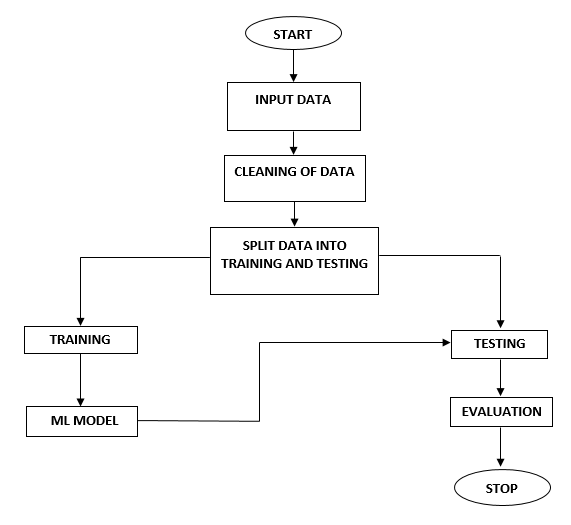Clement Machine Learning Methods For Malware Recognition Based On Semantic Behaviours
Objective
To combat the increasing amount and reduce the threat of malicious programs (malware), we proposed a novel approach for detection of malware which uses a combination of CNN and LSTM in conjunction with NLP.
Abstract
Malware has threatened the organizations for a long time and still have not made a lot of progress in detecting the malware on time. Malware can easily harm the system by executing the unnecessary services that will put the load on the system and hinder its smooth running. We are using signature based malware detection technique. The signature of the malware is defined by the task the malware performs when it gets activated in the machine, for example, running the Operating System services, downloading the infected files from the internet. The proposed algorithm detects the malware based on its Signature. In this paper, we used Decision Trees, XGBoost and support vector Machines for the malware detection.
NOTE: Without the concern of our team, please don't submit to the college. This Abstract varies based on student requirements.
Block Diagram

Specifications
HARDWARE SPECIFICATIONS:
- Processor- I3/Intel Processor
- RAM- 4GB (min)
- Hard Disk- 128 GB
- Key Board-Standard Window
- Keyboard. Mouse-Two or Three Button Mouse.
- Monitor-Any.
SOFTWARE SPECIFICATIONS:
- Operating System: Windows 7+
- Technology: Python 3.6+
- IDE: PyCharm IDE
- Libraries Used: Pandas, NumPy, Scikit-Learn, Matplotlib.
Learning Outcomes
- Uses of Unsupervised Learning.
- Importance of classification.
- Scope of malware detection.
- Use of NLP techniques.
- Importance of PyCharm IDE.
- How CNN works.
- Difference between LSTM and RNN.
- Process of debugging a code.
- Input and Output modules.
- How test the project based on user inputs and observe the output?
- Project Development Skills:
- Problem analyzing skills.
- Problem solving skills.
- Creativity and imaginary skills.
- Programming skills.
- Deployment.
- Testing skills.
- Debugging skills.
- Project presentation skills.
- Thesis writing skills.





 Paper Publishing
Paper Publishing
